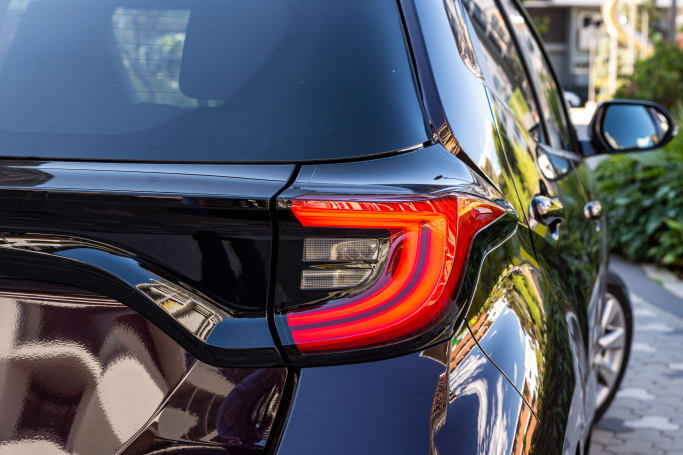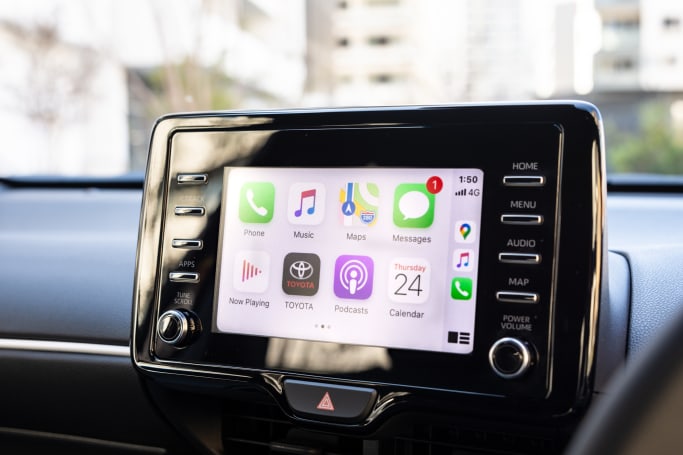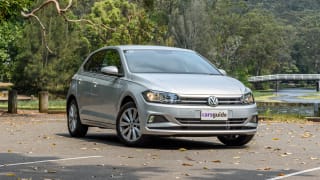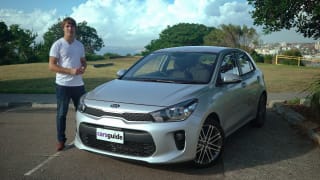Um. No. No matter which way you add it up the new Yaris is not good value. Do you get a lot more stuff in the Yaris than you generally do in this class? Yes. Does it have new drivetrains and technology? Yes. Does this mean you should be paying a whopping $27,020 MSRP for a mid-grade small car? Probably not.
To put it in perspective: You can have an entry-level Corolla for pretty much the same money, but not any entry-level Corolla, you can even have the fuel-sippin’ hybrid version at $27,395.
Really, would you rather this little Yaris or a very good base Corolla? I know which car I’d pick.

It also puts the Yaris in an awkward position in its own size category, placing it in the void between a VW Polo Style ($25,960) and GTI ($32,890), Suzuki Swift GLX Turbo ($25,290) and Sport ($29,990), and well above the top-spec Kia Rio (GT-Line - $23,590).
Toyota does try to level the playing field a little, by offering the Yaris very well equipped. Standard items include a 7.0-inch multimedia touchscreen with Apple CarPlay, Android Auto, and built-in navigation with live traffic, single-zone climate control, full LED exterior lighting, keyless entry and push-start ignition, a digitized instrument cluster (but not a fully-digital instrument screen), leather accented wheel, and 15-inch alloys.

The safety suite, which we’ll touch on later in this review, is also excellent for the segment.
It all feels and looks good compared to rivals, too, but to make the Yaris really stand out in this segment you’ll still need to spend almost $30 grand to get the hybrid version of this SX ($29,020).
Toyota says the tall pricing is partially due to “new powertrains, driving experience and cutting edge safety” but this new Yaris also faces the production cost challenge of being built in Japan.





















